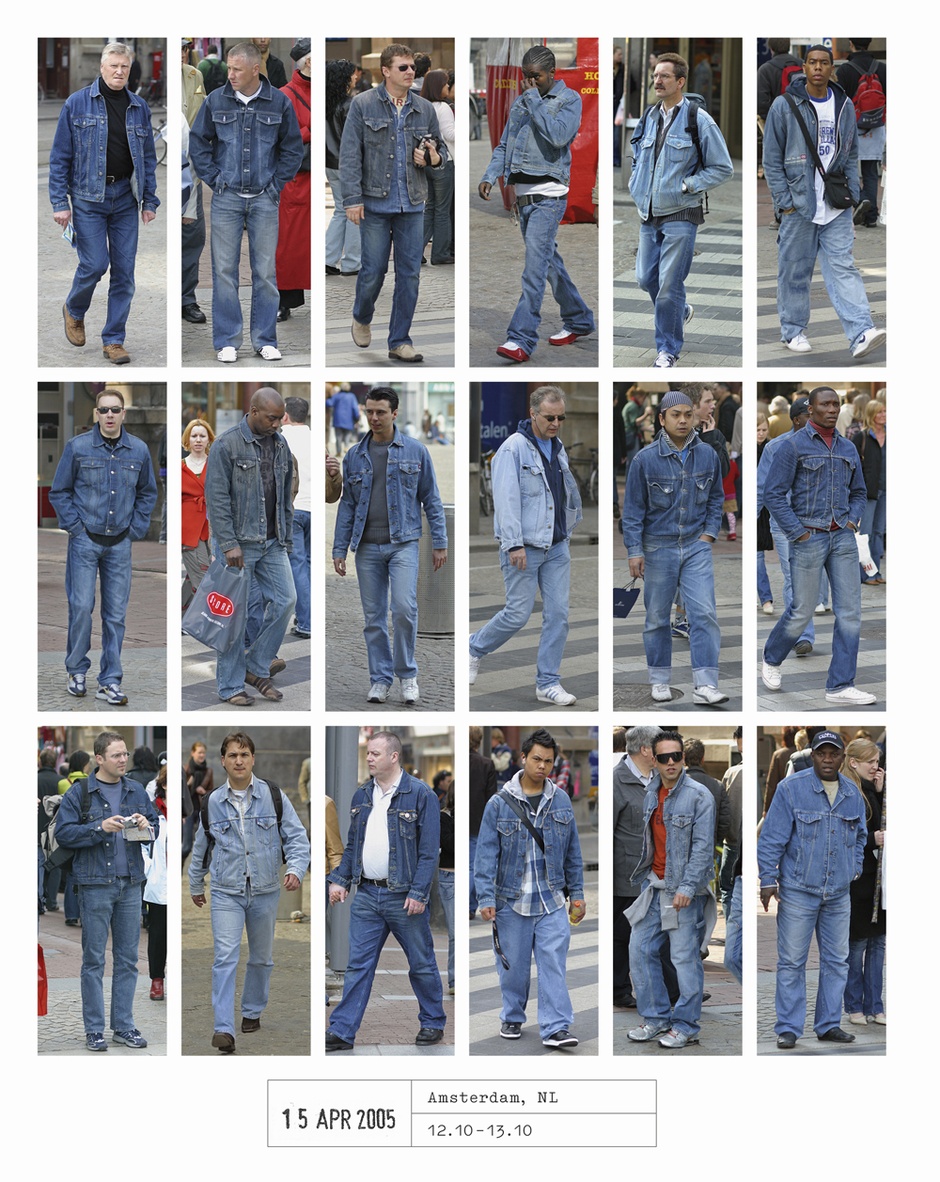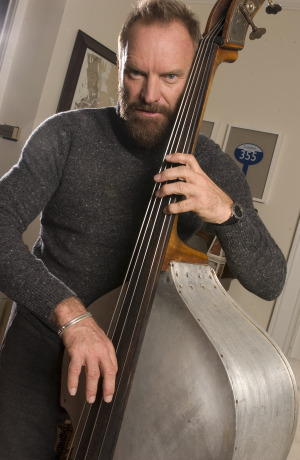Whatever you do, don't stare at his eye
Yesterday I had the increasingly rare experience of meeting a professional acquaintance for the very first time in person who despite having corresponded with this person over email and having one or two calls, I had no idea what they actually looked like. While we were connected on LinkedIn, and I think following each other on Twitter, this person had no profile pic up on either site. I had also never come across any pictures of them from other events or conferences. I 'knew' this person a little, but would not have been able to pick them out of a crowd (unless the crowd were all wearing name tags, which thankfully for me, they were).
Why bring this up? Because it seems to me in the modern world, this kind of thing almost never happens anymore. Every professional, or so it seems, is on LinkedIn. And every single piece of LinkedIn 'advice' tells people to post a profile picture, and probably most do. Add in Twitter, and if you are really a little bit stalker/creepy, Facebook, and with a little bit of sleuthing you can find a picture online of just about anybody. So meeting a professional contact that you have had a fair bit of interaction with and having no clue what they looked like just doesn't seem to happen much anymore, at least not with me.
The episode reminded me of the first 'real' job I ever had, way back in the day. It was an entirely normal, professional office job, but since these were the days pre-LinkedIn and social media of any kind, (yes, the Dark Ages), I did not know what anyone looked like at my new workplace. Which was not a big deal back then, as we expected to know almost nothing about people we were meeting for the first time. As I look back, it is actually kind of refreshing to think we didn't start every business relationship with a bunch of pre-determined conclusions we've made from spending 15 minutes checking out the other person's social networking profiles. We took people more at face value, and judged based on how they behaved.
But anyway, back to the new job. When I started the person who would be my direct manager was on vacation, and would not be back for a couple of days. In his absence the alternate 'onboarding' person ('Your desk is here, the bathroom is over there'), said 'Bob (my manager), is a really great guy. You will like him. Just one thing you need to remember when you meet him. Whatever you do, don't stare at his eye.' Ok, I thought, I will try not to stare at Bob's eye. Can't be that hard, right?
Fast forward a couple of days when Bob returned from vacation and we met for the first time. And Bob was, in fact, a really nice guy. Exceedingly nice. Honestly even to this day one of the very best managers I've ever had. But there was one shall we say, unusual element in Bob's appearance. His left eye was prosthetic, a glass eye. And the fact that I had been warned in advance not to stare at the eye made it all the harder to not stare at the eye, if you know what I mean. It would have been better, I think, if no one had mentioned it at all to me prior to the meeting. I would have noticed it sure, but hopefully, would have not sort of fixated on it as much as the notion of 'Don't stare at his eye' had been bouncing around my head for days.
Need to wrap up this nonsense here. Don't be so creepy stalking people online before you meet them. It's ok to be surprised sometimes. It's even ok to not know everything there is to know about a person before you even talk to them once.
And don't stare at their eyes.

 Steve
Steve



